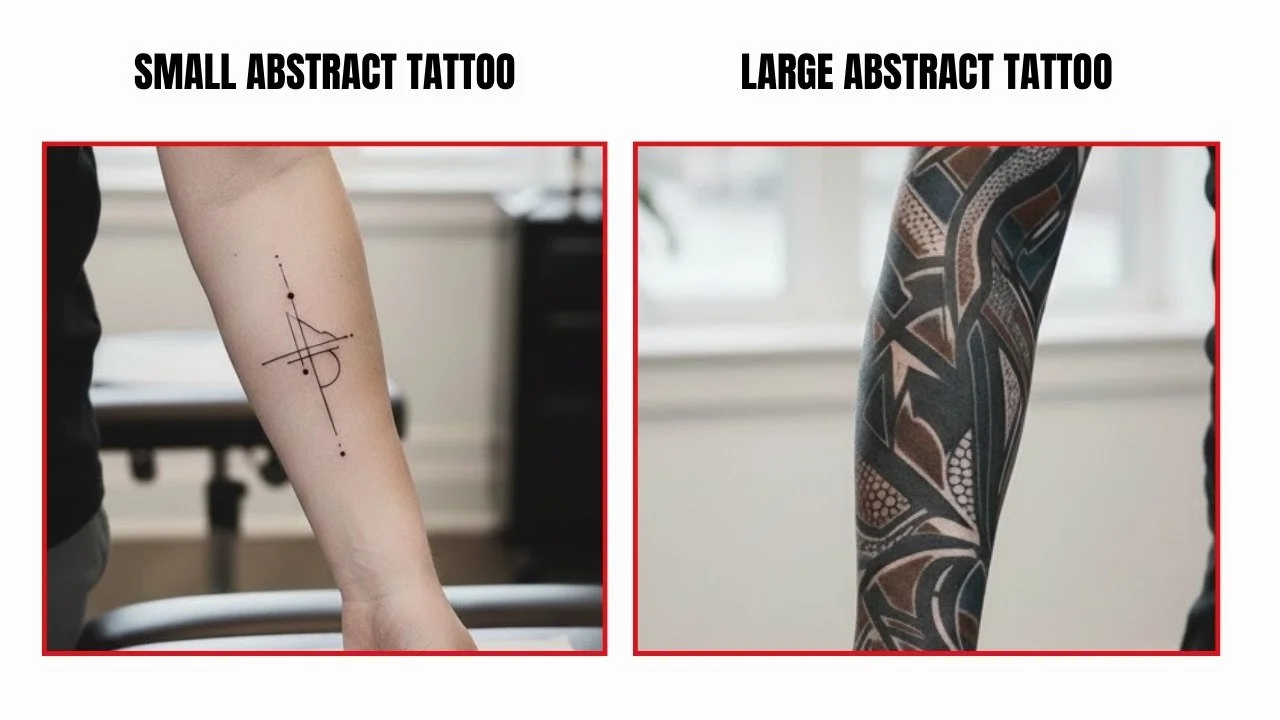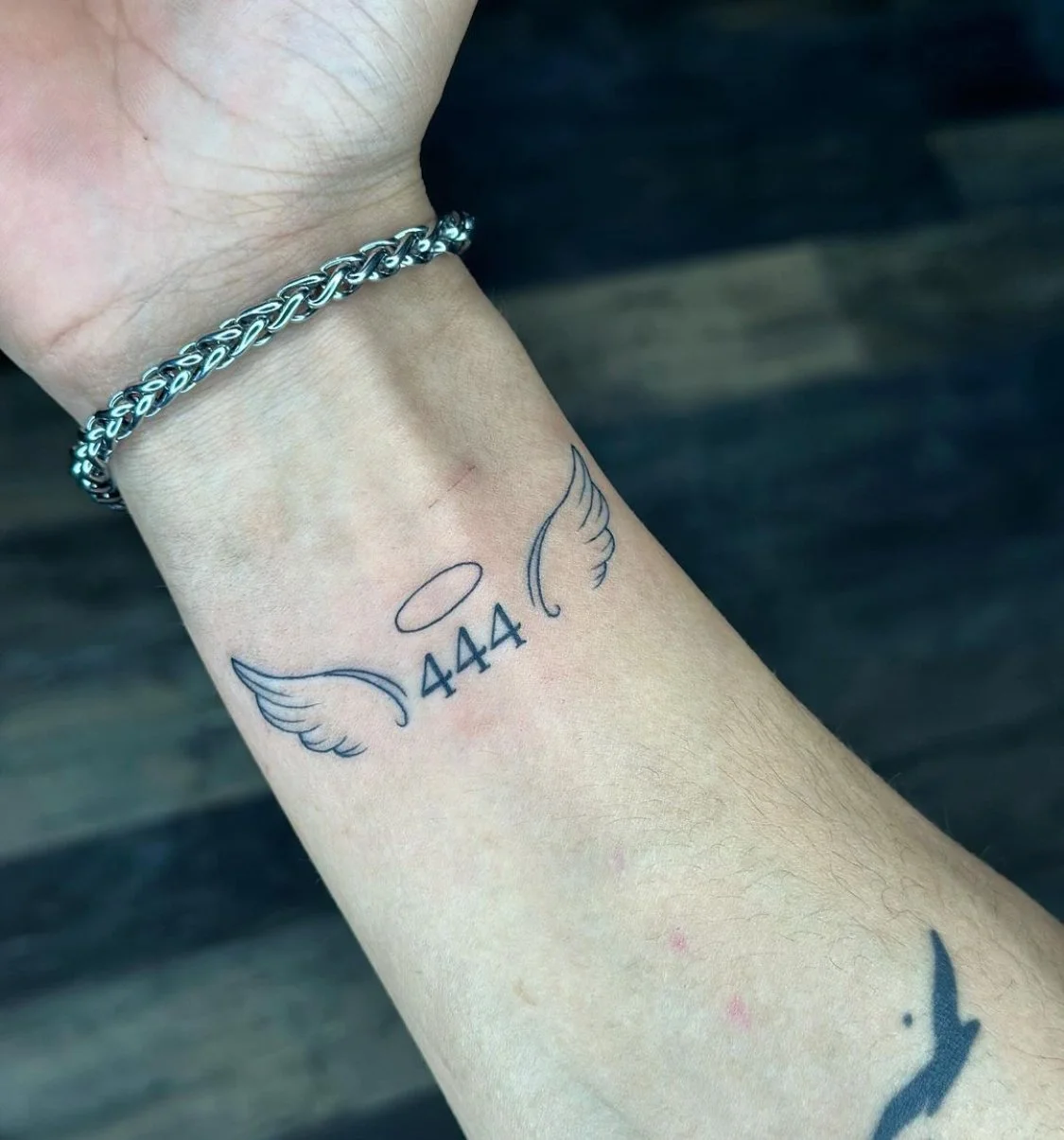How to Design the Perfect Abstract Tattoo: Tips for Unique, Creative Ink
Abstract tattoos are the ultimate form of self-expression. Unlike traditional tattoo styles that focus on realism, symbolism, or recognizable imagery, abstract tattoos thrive on creativity, emotion, and artistic freedom. From bold lines and geometric patterns to colorful, flowing shapes, abstract tattoos give you the chance to turn your body into a canvas of personal expression.
For many first-time clients or seasoned tattoo enthusiasts, designing an abstract tattoo can feel intimidating. Unlike more structured designs, abstract tattoos don’t have set rules, which means the process relies heavily on collaboration between you and your artist. Choosing a best tattoo studio with skilled artists experienced in abstract styles ensures your vision is translated onto skin with precision, creativity, and professionalism.
Whether you’re inspired by modern art, natural forms, or personal experiences, abstract tattoos allow for a limitless array of designs. They can be bold or subtle, large or small, black and white or colorful. The flexibility of abstract designs makes them particularly appealing for those who want a tattoo that is truly one-of-a-kind.
What Are Abstract Tattoos?
At their core, abstract tattoos are non-representational, meaning they don’t directly depict objects, people, or scenes. Instead, they use shapes, lines, colors, and patterns to convey emotion, meaning, or aesthetic appeal. The design can be highly personal, representing feelings, experiences, or creative concepts that are unique to the wearer.
Characteristics of Abstract Tattoos
Artistic Freedom: You are not confined by traditional design rules. Abstract tattoos can mix multiple elements, experiment with negative space, or explore unconventional shapes.
Interpretation: Viewers may see something different in your tattoo, which makes abstract designs deeply personal yet universally engaging.
Variety: Abstract tattoos can range from minimal line art to large, colorful compositions.
Many artists specialize in abstract work and can guide clients through conceptualizing a piece that reflects their personal story while maintaining aesthetic balance. For a better understanding of how abstract tattoos compare to other modern styles, it helps to explore popular tattoo styles this 2026. This can give you perspective on how abstract designs fit into current trends alongside minimalistic, fine line, and bold styles.
Abstract Tattoo Styles to Consider
Abstract tattoos can take many forms depending on your artistic preference, body placement, and the statement you want to make. Here are some common styles:
Line-Based Abstract Tattoos
Line work is often the backbone of abstract tattoos. Clean, flowing lines can create movement, rhythm, and intricate patterns. These designs often work well on arms, legs, or along the spine.
Geometric Abstract Tattoos
Geometric abstract tattoos rely on shapes like triangles, circles, and polygons, sometimes combined with line work to create a structured yet artistic effect. They are visually striking and can work for both small and large-scale pieces.
Color Abstract Tattoos
Adding color to an abstract tattoo elevates its impact. Vibrant splashes, gradients, or soft watercolor effects allow for emotional depth and visual intrigue. Colors can also highlight specific areas of the design, adding emphasis and contrast.
Small Abstract Tattoos
Abstract designs don’t always have to be large. Small abstract tattoos on wrists, fingers, or behind the ear can be subtle yet stylish. These tiny pieces are perfect for those who want a minimalist approach while still embracing creative expression.
How to Create Your Own Abstract Tattoo
Creating an abstract tattoo starts with inspiration and a clear idea of your goals. Here’s a step-by-step guide:
1. Find Your Inspiration
Look at art, nature, music, emotions, or experiences that resonate with you. Abstract tattoos often reflect feelings or concepts rather than literal objects.
2. Choose Placement and Size
The placement can influence how the tattoo is perceived. Larger areas like the back, chest, or thigh allow for expansive designs with more complexity, while smaller spots are ideal for minimalist line work or geometric shapes.
3. Work With a Skilled Artist
A professional tattoo artist helps transform your abstract concept into a feasible design. Their expertise ensures that proportions, placement, and details are executed cleanly. Seeking intricate custom tattoo designs allows your abstract piece to become uniquely yours, tailored to your body and vision.
4. Experiment With Style and Medium
Consider line thickness, shading, and the use of color. Abstract tattoos can incorporate negative space, fine lines, bold geometric shapes, or watercolor-like fills. Mixing techniques can enhance depth and visual interest.
5. Refine Your Design
Collaboration is key. Discuss the piece with your artist, review sketches, and make adjustments before the tattooing begins. A well-planned design ensures satisfaction and minimizes the need for touch-ups.
Placement and Size Considerations
Placement impacts both the tattoo’s aesthetic and its healing process. Consider the following:
Arms and Sleeves: Perfect for linear or geometric abstract tattoos. The arm provides a long canvas, allowing designs to flow naturally.
Legs and Thighs: Ideal for larger, colorful abstract pieces.
Back and Torso: Large surfaces allow expansive designs with intricate details.
Small Areas: Fingers, wrists, or behind the ear are suitable for minimalistic abstract line tattoos.
Keep in mind that areas prone to friction or frequent sun exposure may affect long-term appearance. Proper care and placement choice help maintain crisp lines and vibrant colors over time.
Inspiration and Design Ideas
Abstract tattoos offer endless possibilities. Here are some creative directions to consider:
Nature-Inspired: Use flowing lines, curves, and organic shapes reminiscent of water, leaves, or wind.
Emotional Expression: Translate feelings into shapes and color gradients.
Geometric Compositions: Combine lines and shapes to form patterns that are visually striking.
Minimalist Abstract: Use single-line tattoos, small geometric forms, or simple shapes for a subtle yet artistic look.
Each design can reflect your personality, creating a tattoo that is both meaningful and visually compelling.
Working With Professionals
Collaborating with a skilled artist is crucial for abstract tattoos, especially if your design includes intricate details or large areas. The best tattoo studio provides the experience, equipment, and guidance necessary to bring your vision to life.
Tips for working with an artist:
Communicate your ideas clearly. Bring sketches, mood boards, or reference images.
Discuss placement, scale, and how the design flows with your body’s natural lines.
Trust the artist’s expertise for adjustments that enhance balance and longevity.
Aftercare and Longevity
Proper aftercare is vital to preserve the beauty of your abstract tattoo. Large pieces, bold lines, and colorful fills require attention to ensure long-lasting results.
Healing Timeline:
Days 1–7: Swelling, redness, and tenderness are common. Keep the tattoo clean and avoid scratching.
Days 7–14: Peeling and flaking may occur. Moisturize lightly and avoid harsh soaps.
Days 15–30: Skin appears healed, but deeper layers are still recovering. Protect from sun and friction.
1–3 Months: Tattoo fully settles, revealing the final appearance.
Tips for optimal care:
Wash gently with mild, fragrance-free soap.
Apply a thin layer of recommended moisturizer.
Avoid swimming or soaking until fully healed.
Keep the tattoo out of direct sunlight for extended periods.
Following proper aftercare ensures your abstract tattoo maintains its vibrancy and sharp details for years to come.
Conclusion
Abstract tattoos are a celebration of individuality and creativity. They allow you to wear art that is deeply personal, emotional, and visually compelling. From minimalistic line work to vibrant, colorful pieces, abstract tattoos provide a canvas for self-expression that is truly unique. With careful planning, collaboration with a skilled artist, and diligent aftercare, your abstract tattoo can be a timeless piece that embodies your artistic vision.
Frequently Asked Questions
-
Pain levels vary by placement and individual tolerance. Areas with thin skin or high nerve density, such as ribs or inner arms, are more sensitive. Breaks during sessions can help manage discomfort.
-
Yes, color can be incorporated to add depth, highlight elements, and create visual impact. Consult your artist to ensure the color blends well and complements your design.
-
Proper aftercare is essential. Avoid excessive sun exposure, follow cleaning and moisturizing routines, and choose a professional artist who specializes in precise, delicate work.







